Apex #37 and Interzone #240
 June’s Apex Magazine features ”Winter Scheming” by Brit Mandelo, “In the Dark” by Ian Nichols and “Blocked by Geoff Ryman (who is interviewed by Maggie Slater), as well as Seanan McGuire’s poem, “Wounds.” Ken Wong provides the cover art. Nonfiction by Tansy Rayner Roberts and editor Lynne M. Thomas round out the issue.
June’s Apex Magazine features ”Winter Scheming” by Brit Mandelo, “In the Dark” by Ian Nichols and “Blocked by Geoff Ryman (who is interviewed by Maggie Slater), as well as Seanan McGuire’s poem, “Wounds.” Ken Wong provides the cover art. Nonfiction by Tansy Rayner Roberts and editor Lynne M. Thomas round out the issue.
Apex is published on the first Tuesday of every month. While each issue is available free on-line from the magazine’s website, it can also be downloaded to your e-reader from there for $2.99. Individual issues are also available at Amazon and Weightless.
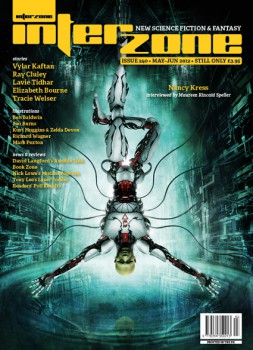 A version for the Nook will also be available in the near future. Twelve issue (one year) subscription can be ordered at Apex and Weightless for $19.95; Kindle subscriptions are available for $1.99 a month.
A version for the Nook will also be available in the near future. Twelve issue (one year) subscription can be ordered at Apex and Weightless for $19.95; Kindle subscriptions are available for $1.99 a month.
The May–June issue of Interzone has stories by Vylar Kaftan, Ray Cluley, Lavie Tidhar, Elizabeth Bourne and Tracie Welser. Cover art is ‘The Hanged Man’ by Ben Baldwin, the third of his covers commissioned for 2012.
The issue also includes all the usual suspects: “Ansible Link” by David Langford (news and obits); “Mutant Popcorn” by Nick Lowe (film reviews); “Laser Fodder” by Tony Lee (DVD/Blu-ray reviews); along with book reviews by Jim Steel and others, and an interview with Nancy Kress.
Interzone alternates monthly publication with sister dark horror focused Black Static, published by the fine folks at TTA Press.
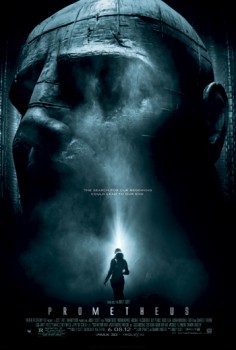 If you plan to see Prometheus this weekend, know that you are in for an endless buffet of visual astonishment, especially if you spring to see it in IMAX 3D. Ridley Scott belongs to the breed of filmmaker who can justify the use of the 3D gimmick. He poured everything at his disposal to make his new science-fiction film worth the extra dollars, euros, pound notes needed to watch it in an immersive environment. Prometheus is visual and aural splendor for the cinema.
If you plan to see Prometheus this weekend, know that you are in for an endless buffet of visual astonishment, especially if you spring to see it in IMAX 3D. Ridley Scott belongs to the breed of filmmaker who can justify the use of the 3D gimmick. He poured everything at his disposal to make his new science-fiction film worth the extra dollars, euros, pound notes needed to watch it in an immersive environment. Prometheus is visual and aural splendor for the cinema.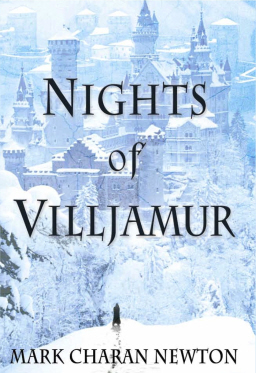
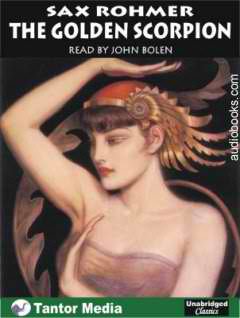
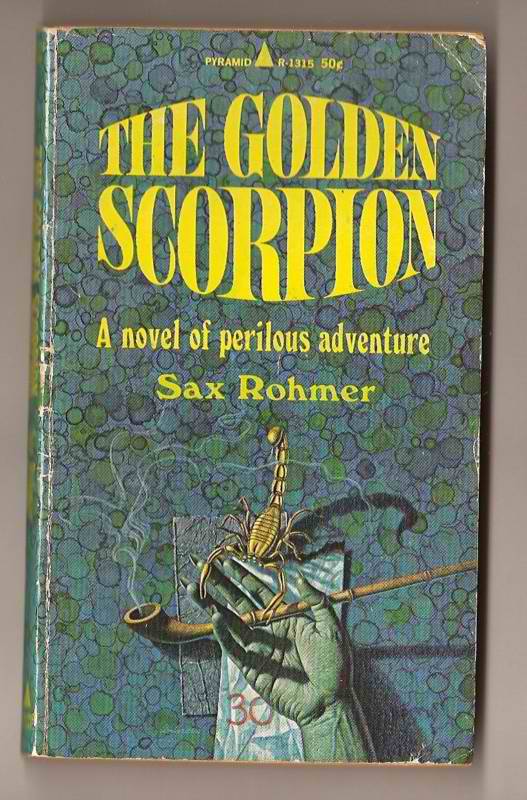

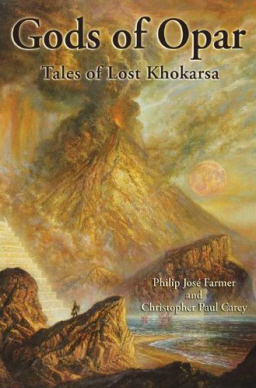
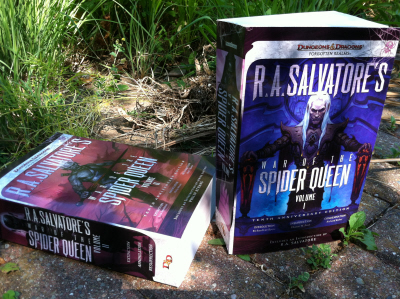

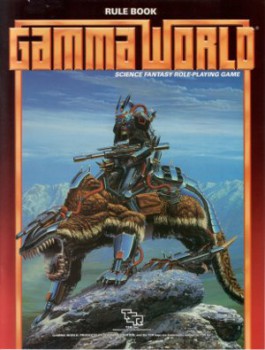
 Summer movies, like boxes of Crackerjacks (does anyone still eat those? I never see them for sale any more), come packed with surprises. And, like Crackerjacks toys, often they are lame surprises. Let-downs. Occasionally — and it usually happens only once per summer — the toy you dig out of the same-old same-old caramel and peanut glop is a Hot Wheels car with flame details and killer sci-fi spoilers that somebody in the Crackerjack plant accidentally dropped into the box while leaving hastily for a smoke break.
Summer movies, like boxes of Crackerjacks (does anyone still eat those? I never see them for sale any more), come packed with surprises. And, like Crackerjacks toys, often they are lame surprises. Let-downs. Occasionally — and it usually happens only once per summer — the toy you dig out of the same-old same-old caramel and peanut glop is a Hot Wheels car with flame details and killer sci-fi spoilers that somebody in the Crackerjack plant accidentally dropped into the box while leaving hastily for a smoke break.